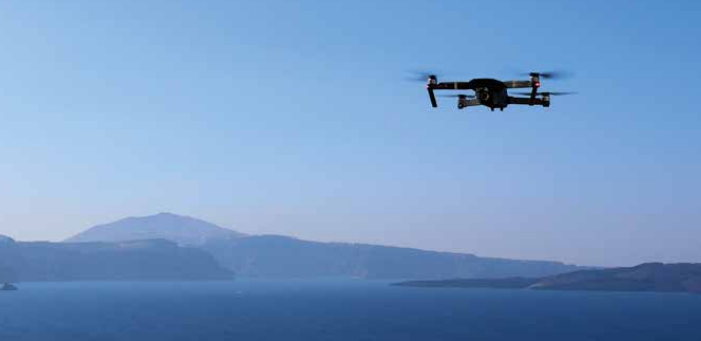Hong Kong is gearing up to use drones to monitor emissions from ships. Mainly, from 1 January 2019, all vessels within Hong Kong waters are to use fuels compliant with sulphur regulations, not exceeding the 0.5%. The sensors developed have been fitted on the drones and they measure the pollution content present in the smoke plume that is released by vessels.
Specifically, the drones, when equipped, will scan emissions by flying over the ships for two minutes.
The drones will replace the process of manually collecting fuel from the vessel’s tank and then having it sent to the laboratory and expect the results.
The navigation sector, plays an important role to the city’s air pollution as it releases up to 40% of atmospheric pollutants including sulphur dioxide, nitrogen oxide and extremely fine particles.
In attempts to decrease the rising air pollution from marine vessels, Hong Kong passed a regulation demanding vessels to use clean fuel. The regulation came into effect last month.
The new law makes it mandatory for ocean-going vessels (OGV) using heavy fuel oil with an average sulphur content of 2.6% to switch over to cleaner fuel with sulphur content less than 0.5%, prior to entering Hong Kong waters.
Last year, more than 173 countries, members of the United Nations International Maritime Organization pledged to slash shipping emissions by 50%.
According to Zhi Ning, a lead researcher on the project at HKUST
Despite global and national regulations in place or in works to control air pollution caused by the navigation sector, challenges remain to monitor emissions from ships.
Ning added that they can make the sensors more accurate and further innovate them.
Finally, developed countries use helicopters, scan photographs of smoke plume released by ships, or physically collect fuel samples to ascertain if ships are running on clean fuel.































































flying drones needs approval from the HK maritime bureau. what is the procedure to get the approval.